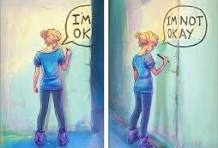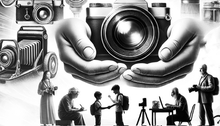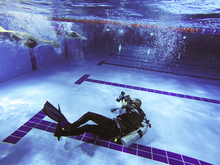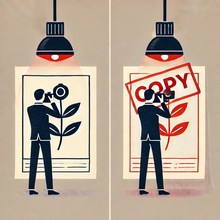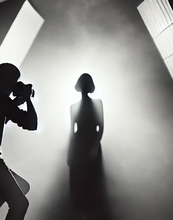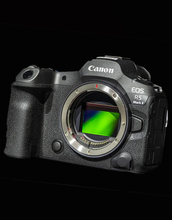PU considers it vital that all professionals have a website to showcase their work. Online portfolios, through a website, nowadays seems to be the way to present your portfolio to a prospective client, as well as social media outlets.
To join PU you have to show your website showing your commercial work.
Here are a few considerations, not all applicable, when constructing a website:

